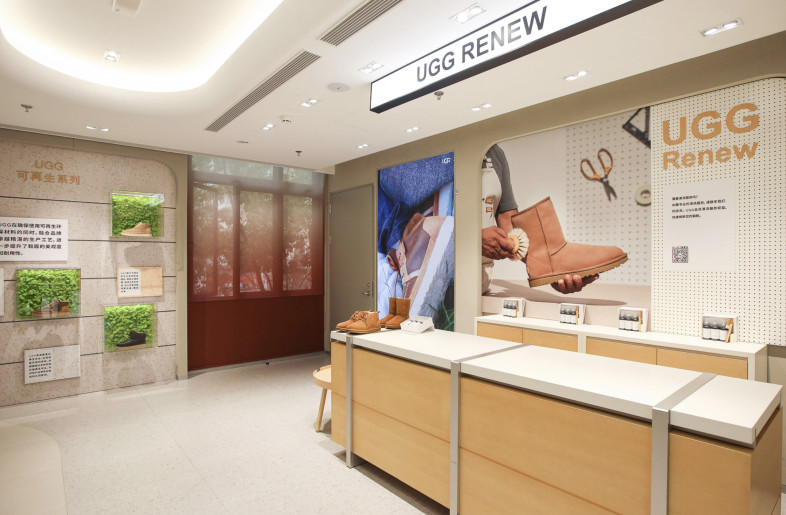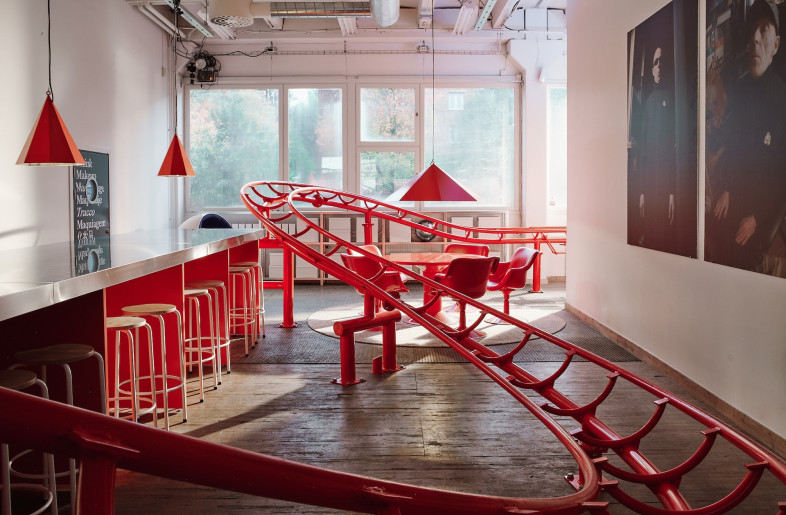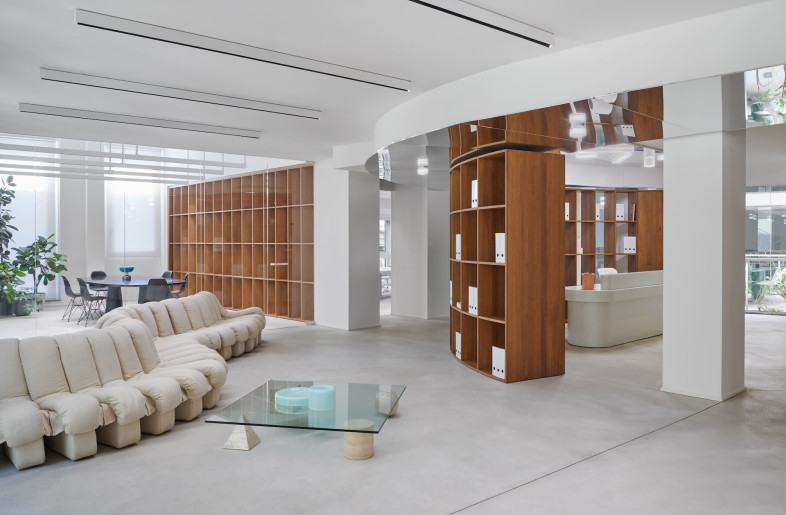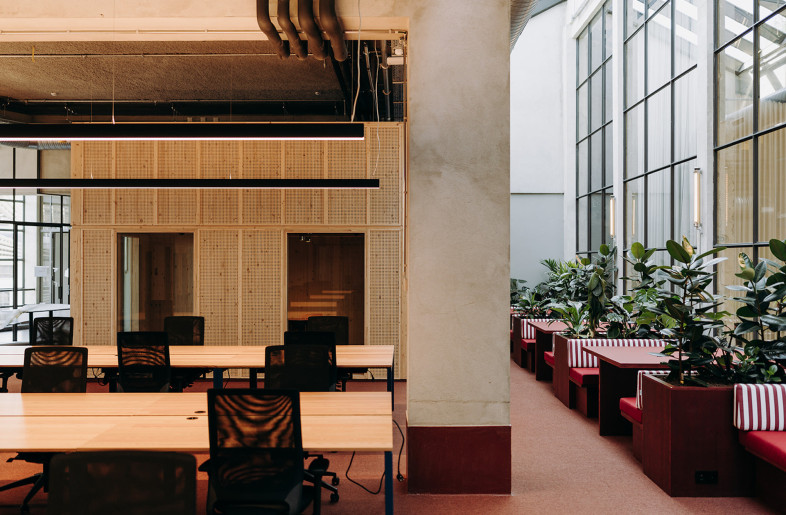Want your office to be as convivial as a town square? Then design it like one

Perkins and Will’s Brent Capron (design director of interiors NY) and Joan Blumenfeld (principal) explain how social spaces – such as those at Unilever’s New Jersey campus – can form part of an integrated approach to workplace wellness.
Create a free account to read the full article
Get 2 premium articles for free each month
Related Articles
MORE Work
A modernist icon becomes a model for sustainable workplace design in Hampshire

How to create a high-value, well-integrated office space? Make it porous

How Visplay is leveraging its agile retail design knowledge to perfect the adaptable office

A Barcelona factory-turned-office uses its industrial past to futureproof the work environment

Report Recap: How modern living, work and play practices will manifest in our built environment

How the office is becoming a place for playful connection

Lights, mirrors, subtraction: this fashion agency’s Milan HQ sets the stage for brands to shine
-thumb.jpg)
Spatial flexibility enables creativity and community at this Zürich film production office

Beyond the cubicle: 5 modular furniture solutions for the modern office
